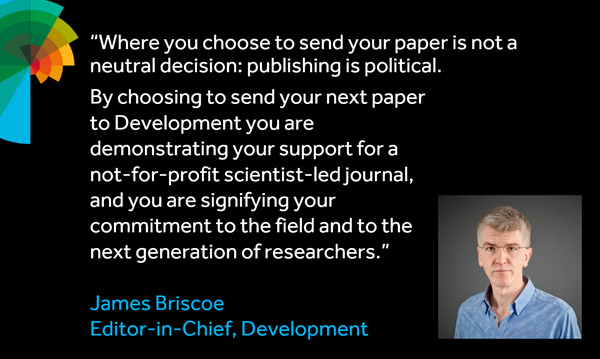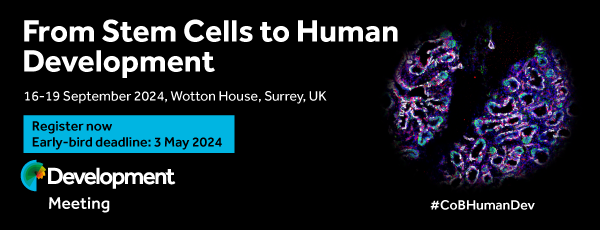
The neural crest (NC) is a transient structure that gives rise to multiple lineages. Despite intense studies, it is still unclear whether the NC represents a homogeneous population of cells. Here, Jean Paul Thiery and colleagues examine this issue (p. 4890). The authors first characterise the cranial neural fold in chick and mouse embryos and show that, prior to delamination, it contains two phenotypically distinct domains: neural ectoderm and non-neural ectoderm. The researchers then show that the two domains display temporally distinct delamination patterns. Cells specifically within the non-neural ectoderm are the first to delaminate, whereas a second population of delaminating cells then originates from the neural ectoderm in both chick and mouse embryos. Importantly, they report, cells within the two domains have distinct fates: those from the non-neural ectoderm give rise to ectomesenchymal derivatives, whereas those within the neural ectoderm give rise to neuronal derivatives. These, together with other findings, prompt the authors to revisit current definitions of the NC and the origin of ectomesenchyme.








